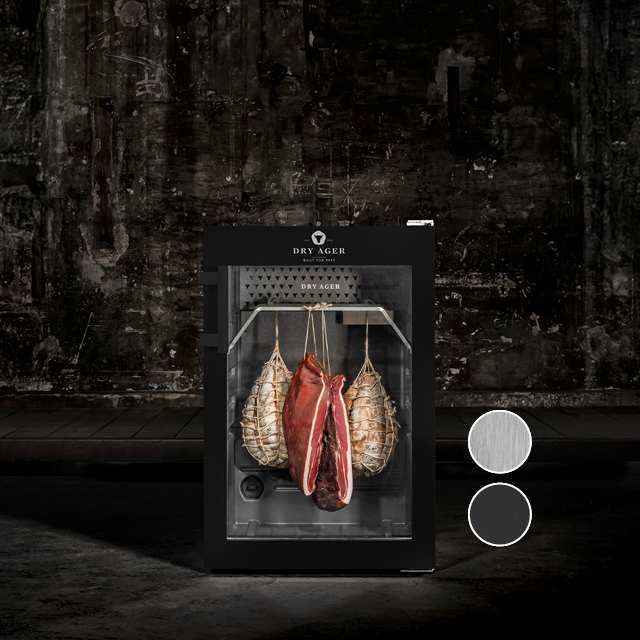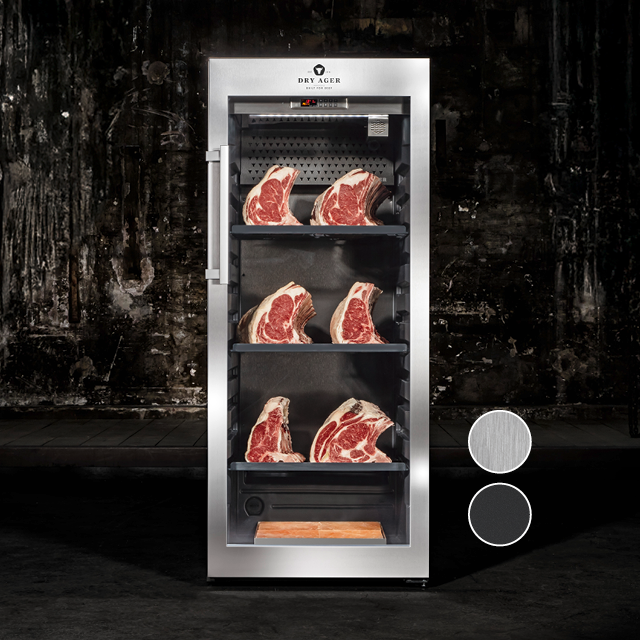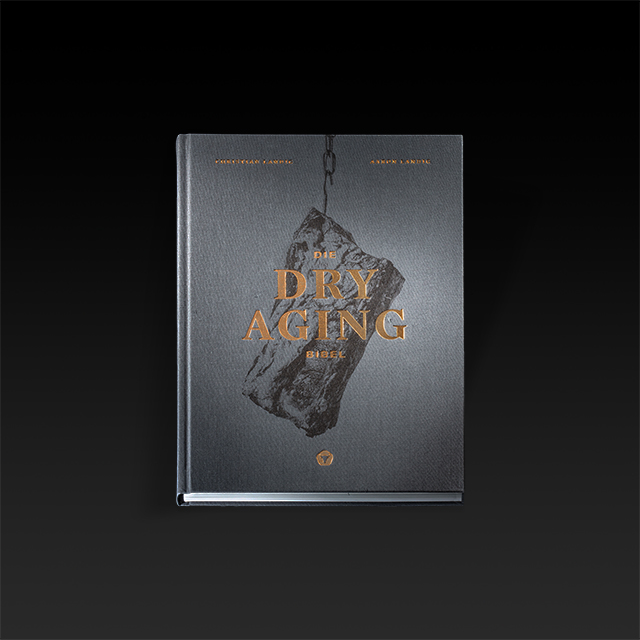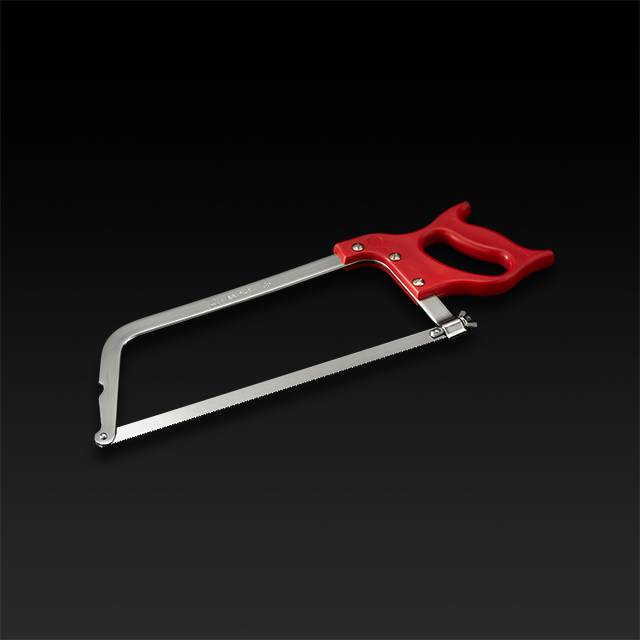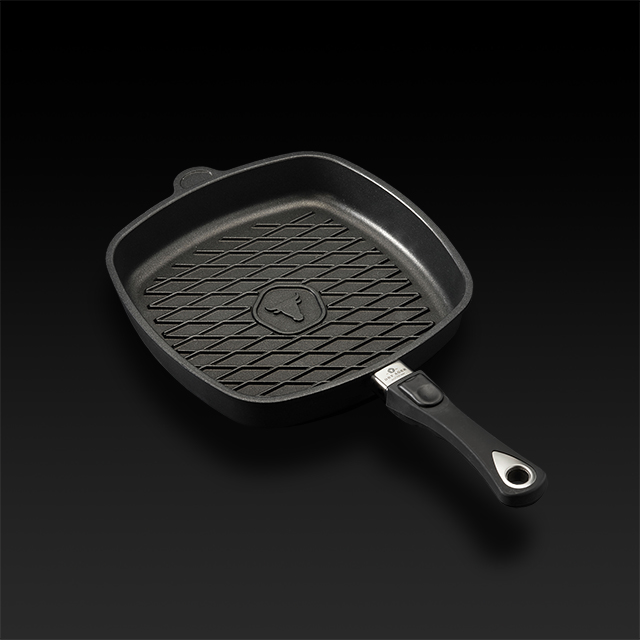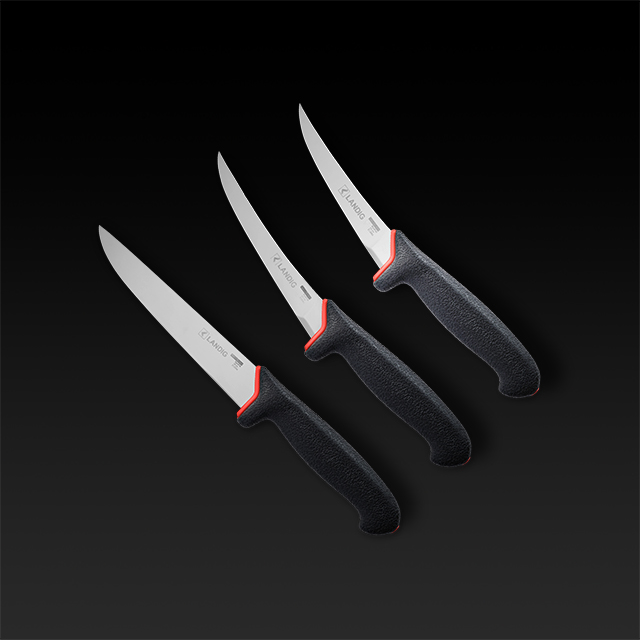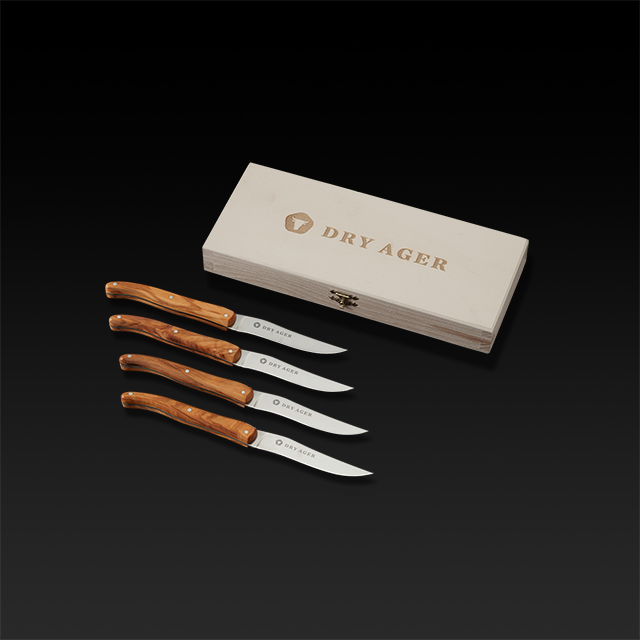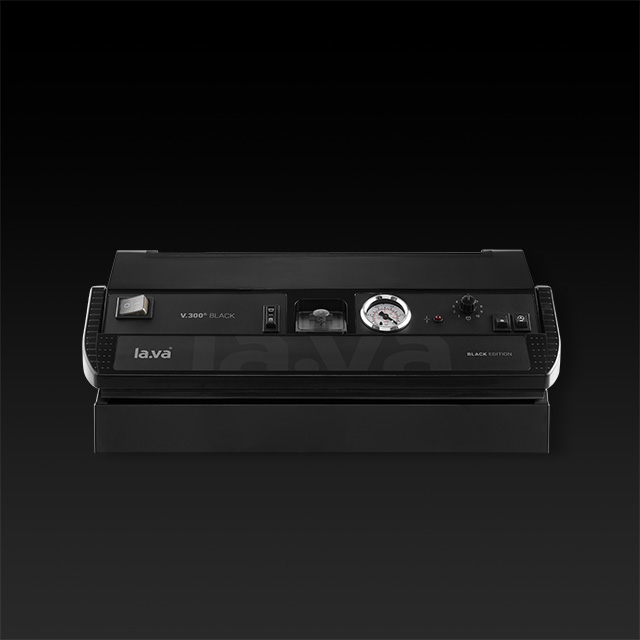Molds during meat maturing

Meat maturing is an organic process. In order to avoid the formation of germs or molds that are harmful to health, hygiene and storage regulations must be strictly adhered to. The latter is now done by itself, thanks to an ingenious technique. Thanks to the unique UVC sterilization box (protected as a utility model), the DRY AGER® offers the perfect climatic conditions for a thoroughly enjoyable dry-age experience.
Good mold or bad mold?
 If you look at reviews about dry-age beef, you will not get around a description: the spicy yeast fragrance in the air and a floss of mold on the meat. What triggers with some head shaking, leads with many dry-age lovers to shouts of joy. Because not every mold is equal to bad mold. As with refined cheese, a mold culture can be good for the taste. But it has to be checked. Butchers, who specialize in meat ripening, are spraying on the meat pieces externally. This happens under the highest hygiene conditions. The mold growth is kept in the fence by the climate. It can not penetrate the outer crust, which ends as a section. Apart from this, the raw meat becomes inedible, which in the worst case is harmful to health.
If you look at reviews about dry-age beef, you will not get around a description: the spicy yeast fragrance in the air and a floss of mold on the meat. What triggers with some head shaking, leads with many dry-age lovers to shouts of joy. Because not every mold is equal to bad mold. As with refined cheese, a mold culture can be good for the taste. But it has to be checked. Butchers, who specialize in meat ripening, are spraying on the meat pieces externally. This happens under the highest hygiene conditions. The mold growth is kept in the fence by the climate. It can not penetrate the outer crust, which ends as a section. Apart from this, the raw meat becomes inedible, which in the worst case is harmful to health.
Simply cut off the mold?
In order to answer the question, which mold fungus is safe, some know-how belongs. If this is not the case, it is imperative to avoid mold formation during the maturation of the meat. Whether the white fluff actually changes so much in the taste remains controversial. The longer the ripening lasts, the sooner however mold appears. If the first small points are formed, the process should be terminated. The outer crust then cut off generously. Do not allow contact between the mold and the end piece. Meat treated with noble mold is also cut off.
Climate under control
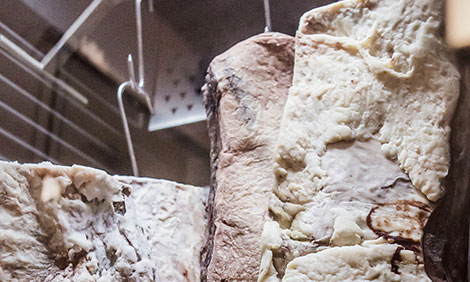 For a successful meat maturing the conditions have to be correct: a constant humidity between 75 – 85% and a temperature, which is 1-2 degrees only just above the freezing point. To ensure that molds or bacteria do not grow uncontrollably, a perfectly matched air circulation and air guidance must also be available. The DRY AGER® cabinets offer an innovative solution to these three problems. In the cabinet there is complete control over the perfect climate for the meat maturing. The climate is obtained by fine sensor technology virtually alone. Temperature and humidity are adjusted automatically and the air is sterilized by a special filter. The cabinet is easy to clean, so even in the device no unwanted mold can develop, even after 15 weeks of meat maturing, which is confirmed by enthusiastic customers. The DRY AGER® has as standard an antibacterial surface inside the device, so bacteria and germs are destroyed by contact with silver ions in the material immediately upon contact.
For a successful meat maturing the conditions have to be correct: a constant humidity between 75 – 85% and a temperature, which is 1-2 degrees only just above the freezing point. To ensure that molds or bacteria do not grow uncontrollably, a perfectly matched air circulation and air guidance must also be available. The DRY AGER® cabinets offer an innovative solution to these three problems. In the cabinet there is complete control over the perfect climate for the meat maturing. The climate is obtained by fine sensor technology virtually alone. Temperature and humidity are adjusted automatically and the air is sterilized by a special filter. The cabinet is easy to clean, so even in the device no unwanted mold can develop, even after 15 weeks of meat maturing, which is confirmed by enthusiastic customers. The DRY AGER® has as standard an antibacterial surface inside the device, so bacteria and germs are destroyed by contact with silver ions in the material immediately upon contact.
Hygiene is the key
Some bacterial strains and mold cultures positively influence the meat maturation, such as lactic acid bacteria. Others can cause dangerous mold. These crops are mainly transmitted through unsanitary work. A clean handling of dry-aged beef therefore has top priority. Work surfaces and equipment should be made of a smooth material so that they are easy to clean – stainless steel is an option. For optimum hygiene, they are treated with a food disinfectant beforehand. When processing the meat, wear gloves from the outset. During transport, also pay attention to an unbroken cold chain!
